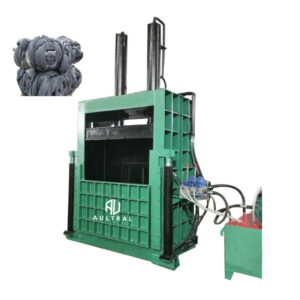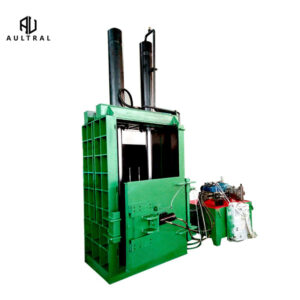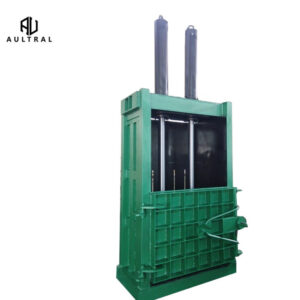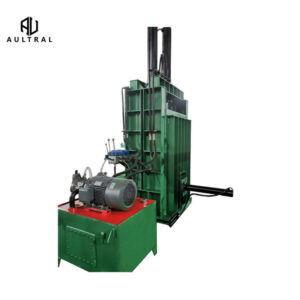In the world of waste management and recycling, tire baler machines have become an essential tool for efficiently processing and compacting waste tires. These machines help reduce the bulk of discarded tires, making it easier to store, transport, and recycle them. Tire recycling is crucial for minimizing environmental impact, and using a tire baler is a significant step towards more sustainable waste management practices. Let’s take a closer look at tire balers, their benefits, and why they are a must-have for tire recycling businesses.
What is a Tire Baler?
A tire baler is a hydraulic machine designed to compress scrap tires into compact, easy-to-handle bales. These machines utilize hydraulic force to compress the tires, reducing their size and volume. The resulting bales are then easier to transport, store, and process further for recycling purposes. Tire balers are especially useful in large-scale recycling centers and scrap tire processing plants.
Benefits of Using a Tire Baler
-
Space Efficiency
One of the key advantages of a tire baler is its ability to save space. Tires take up a significant amount of room in landfills and storage areas, making them difficult to manage. A tire baler compresses these tires into compact, organized bales, freeing up valuable space for other materials and improving overall warehouse organization.
-
Cost-Effective Transportation
Transporting loose tires can be costly due to their bulk and weight. When tires are compacted into bales, transportation becomes more efficient, as more tires can be transported in fewer trips. This reduction in transport costs makes the recycling process more economical and environmentally friendly.
-
Environmental Benefits
Tire recycling is a vital part of reducing waste and conserving resources. By using a tire baler, businesses contribute to the recycling of valuable materials like rubber, which can be reused in the production of new products, such as rubberized asphalt, playground surfaces, and more. This helps keep tires out of landfills and reduces the environmental footprint.
-
Increased Efficiency
Tire balers are designed for high throughput, meaning they can process large volumes of tires quickly and efficiently. Automated systems allow for continuous operation with minimal supervision, improving productivity and reducing labor costs. The hydraulic system also ensures a high compression force, producing tightly packed bales that are easy to handle.
How Tire Balers Work
Tire balers are typically equipped with a powerful hydraulic system that compresses the tires into rectangular or cylindrical bales. The process begins by feeding loose tires into the machine. Once inside, the hydraulic press applies pressure to compact the tires. After reaching the desired bale size, the machine ejects the bale, ready for storage or transport. Some models come with automatic cycling features, allowing for continuous operation without requiring manual intervention.
Types of Tire Balers
-
Vertical Tire Balers: These are more compact and are ideal for smaller-scale operations or locations with limited space. They provide high compression and are easy to operate, making them suitable for businesses with less tire volume.
-
Horizontal Tire Balers: Designed for larger operations, these machines can process a higher volume of tires and are better suited for large recycling centers. Horizontal balers are typically more efficient in terms of output and are built to handle continuous use.
Choosing the Right Tire Baler
When selecting a tire baler for your business, several factors should be considered:
-
Volume of Tires: Choose a baler that can handle the volume of tires your business processes regularly.
-
Bale Size: Ensure the machine produces the right size bales for your storage and transportation needs.
-
Energy Efficiency: Look for models with energy-efficient systems that will lower operating costs.
-
Durability: The machine should be built with durable materials to withstand the heavy-duty demands of tire processing.





